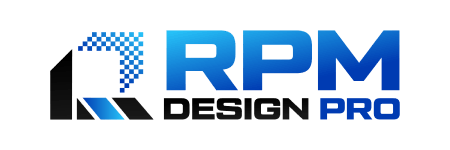The Role of PPC Advertising in Digital Marketing: Maximizing Benefits and ROI
In today’s competitive digital landscape, Pay-Per-Click (PPC) advertising has emerged as a powerful tool for businesses to drive targeted traffic, generate leads, and maximize their return on investment (ROI). Understanding the benefits of PPC, optimizing campaigns effectively, and measuring ROI are crucial components for success in digital marketing.
What is PPC Advertising?
PPC advertising is a digital marketing strategy where advertisers pay a fee each time their ad is clicked. It allows businesses to bid for ad placement in search engine results pages (SERPs) or on other platforms such as social media networks. The immediate visibility and control over targeting make PPC an attractive option for businesses looking to reach their target audience efficiently.
Benefits of PPC Advertising
- Targeted Reach: PPC allows precise targeting based on demographics, interests, keywords, and geographic location, ensuring ads reach the most relevant audience.
- Immediate Visibility: Unlike organic methods, PPC ads can appear at the top of search results almost instantly, increasing brand visibility and driving immediate traffic to your website.
- Cost-Effective: With PPC, you only pay when someone clicks on your ad, making it a cost-effective way to reach potential customers who are actively searching for products or services like yours.
- Measurable Results: PPC platforms provide detailed analytics and reporting tools that enable you to track performance metrics such as clicks, impressions, conversions, and ROI in real-time.
- Control and Flexibility: Advertisers have full control over budget allocation, ad scheduling, targeting options, and ad copy, allowing for quick adjustments to optimize campaigns.
Tips for Optimizing PPC Campaigns
- Keyword Research: Conduct thorough keyword research to identify relevant, high-converting keywords for your target audience. Use tools like Google Keyword Planner, SEMrush, or Ahrefs to discover keywords with high search volume and low competition.
- Compelling Ad Copy: Write clear, compelling ad copy that highlights unique selling propositions (USPs), benefits, and a strong call-to-action (CTA). Test different variations of ad copy to determine which resonates best with your audience.
- Landing Page Optimization: Ensure your landing pages are relevant to the ad content and optimized for conversions. Include a clear CTA, minimize load times, and provide valuable content that matches the user’s search intent.
- Ad Extensions: Use ad extensions such as site links, callouts, and structured snippets to provide additional information and enhance ad visibility. Ad extensions can improve click-through rates (CTR) and overall ad performance.
- A/B Testing: Continuously test different elements of your PPC campaigns, including ad copy, keywords, bidding strategies, and landing pages. A/B testing helps identify top-performing variations and optimize campaigns for better results.
Measuring ROI Effectively
- Conversion Tracking: Set up conversion tracking to measure specific actions taken by users after clicking on your ads, such as form submissions, purchases, or sign-ups. Use conversion tracking tools provided by PPC platforms or integrate with Google Analytics.
- ROI Calculation: Calculate ROI by comparing the revenue generated from PPC campaigns against the total cost of advertising, including ad spend, management fees, and other associated costs. Aim to achieve a positive ROI by optimizing campaigns to maximize conversions and reduce costs.
- Analytics and Reporting: Utilize PPC platform analytics dashboards and reporting features to monitor key performance indicators (KPIs) regularly. Track metrics such as click-through rate (CTR), cost per click (CPC), conversion rate, and return on ad spend (ROAS) to evaluate campaign effectiveness and make data-driven decisions.
Conclusion
PPC advertising offers businesses a powerful way to drive targeted traffic, increase brand visibility, and achieve measurable results in digital marketing. By understanding the benefits of PPC, optimizing campaigns with best practices, and measuring ROI effectively, businesses can leverage PPC advertising to enhance their online presence, attract qualified leads, and achieve sustainable growth in today’s competitive marketplace. Embrace the strategic advantages of PPC to propel your digital marketing efforts and achieve your business goals effectively.



